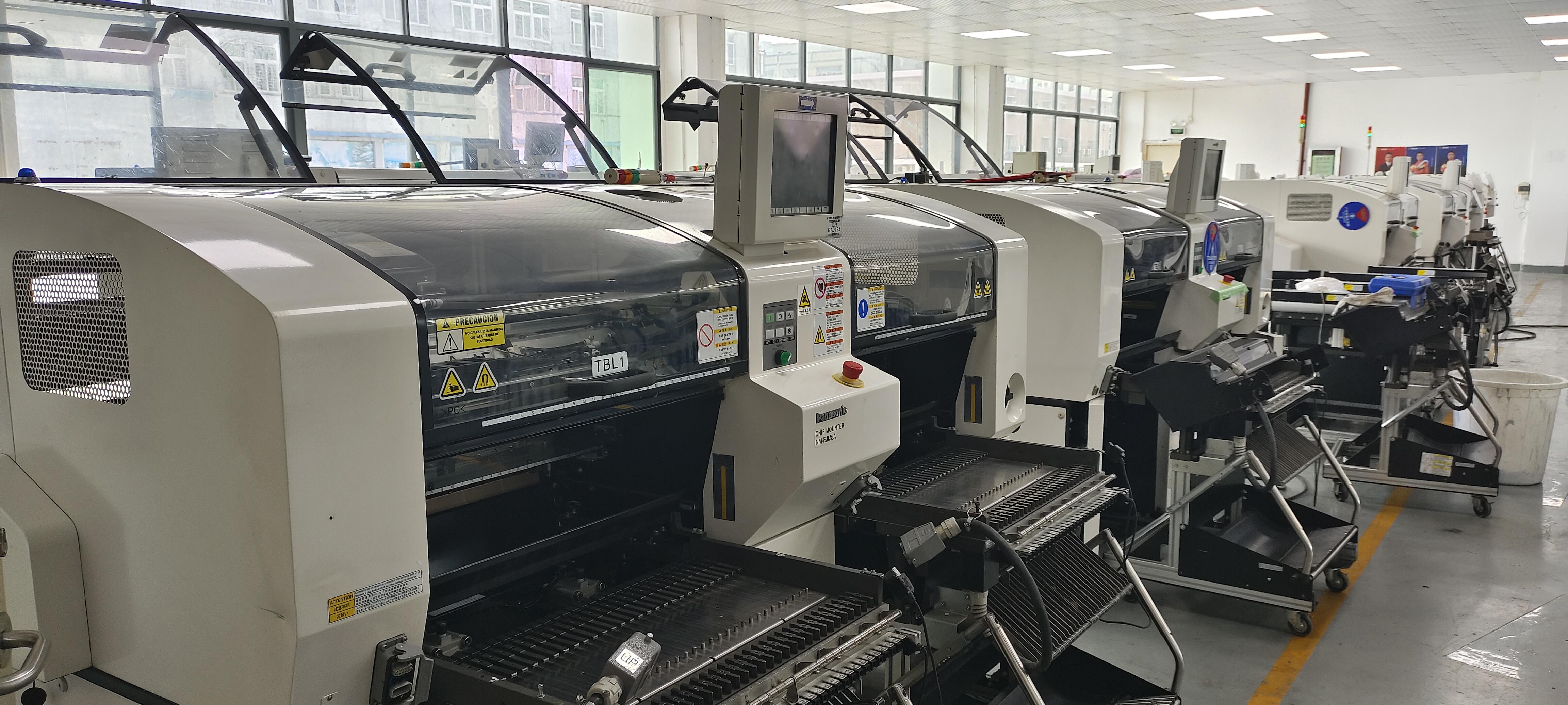Content Menu
● Understanding SMT Machines
● Key Factors to Consider
>> 1. Production Volume and Speed
>> 2. Component Types and Sizes
>> 3. Flexibility and Scalability
>> 4. Software Integration
>> 5. Supplier Reputation and Support
● Leading SMT Machine Suppliers
>> 1. Yamaha Motor Co., Ltd.
>> 2. Mycronic
>> 3. Juki
>> 4. DDM Novastar
>> 5. Panasonic
● The Importance of After-Sales Support
● Future Trends in SMT Technology
● Conclusion
>> Frequently Asked Questions
Understanding SMT Machines
What is an SMT Machine?
SMT machines automate the process of placing electronic components onto PCBs. They are crucial in producing devices ranging from smartphones to industrial equipment. The primary types of SMT machines include:
- Pick-and-Place Machines: These machines pick components from a feeder and place them onto the PCB.
- Solder Paste Printers: Used for applying solder paste to the PCB before component placement.
- Reflow Ovens: Heat the PCB to melt solder paste, securing components in place.
SMT Machine Overview

Key Factors to Consider
When selecting an SMT machine, consider the following factors:
1. Production Volume and Speed
The required production volume will dictate the type of SMT machine needed. High-volume production lines may require advanced pick-and-place machines capable of placing thousands of components per hour.
2. Component Types and Sizes
Different SMT machines are designed to handle various component sizes and types. Ensure that the chosen machine can accommodate the specific components used in your products.
3. Flexibility and Scalability
Choose machines that offer flexibility for different production runs and scalability for future growth. This is especially important for companies anticipating changes in product designs or production volumes.
4. Software Integration
Modern SMT machines come with sophisticated software that enhances automation and quality control. Look for machines with user-friendly interfaces and robust software support.
5. Supplier Reputation and Support
Selecting a reliable SMT machine supplier is crucial. A reputable supplier will provide not only high-quality machines but also ongoing support, training, and maintenance services.
Choosing an SMT Supplier
Leading SMT Machine Suppliers
Several companies are recognized as leading suppliers of SMT machines:
1. Yamaha Motor Co., Ltd.
Yamaha offers a comprehensive range of SMT solutions, including pick-and-place machines, printers, and reflow ovens. Their focus on smart manufacturing solutions makes them a top choice for many manufacturers.
2. Mycronic
Known for their MY300 pick-and-place machine, Mycronic emphasizes high performance and compact design, making it suitable for various production environments.
3. Juki
Juki provides a wide portfolio of placement machines known for their reliability and performance in both small and large-scale operations.
4. DDM Novastar
This supplier specializes in both manual and automated systems, offering a range of affordable options for low-to-medium volume applications.
5. Panasonic
Panasonic's extensive experience in electronics manufacturing translates into high-quality SMT machinery that supports both entry-level and complex production needs.
Top SMT Suppliers
The Importance of After-Sales Support
Choosing an SMT machine supplier should also involve evaluating their after-sales support services:
- Training: Proper training ensures that your team can operate the machines effectively.
- Maintenance: Regular maintenance is crucial to minimize downtime.
- Technical Support: Access to technical support can help resolve issues quickly.
Future Trends in SMT Technology
The SMT industry is evolving rapidly with advancements such as:
- AI Integration: AI is being used to enhance machine learning capabilities for better quality control.
- IoT Connectivity: Machines are becoming increasingly connected, allowing for real-time monitoring and data analysis.
- Sustainability Practices: Manufacturers are focusing on reducing waste and energy consumption through more efficient processes.
Future Trends
Conclusion
Choosing the right SMT machine involves careful consideration of various factors including production needs, component types, flexibility, software integration, and supplier reputation. By prioritizing these aspects, manufacturers can enhance their production efficiency and product quality.
---
Frequently Asked Questions
1. What are the main types of SMT machines?
- The main types include pick-and-place machines, solder paste printers, and reflow ovens.
2. How do I choose an SMT machine supplier?
- Look for suppliers with a strong reputation, good customer support, training offerings, and maintenance services.
3. What is the importance of software in SMT machines?
- Software enhances automation, improves accuracy, and allows for better quality control during production.
4. Can I scale my SMT operations easily?
- Yes, choosing flexible and scalable machines allows you to adapt to changing production needs.
5. What future trends should I be aware of in SMT technology?
- Key trends include AI integration, IoT connectivity, and a focus on sustainability practices.


















